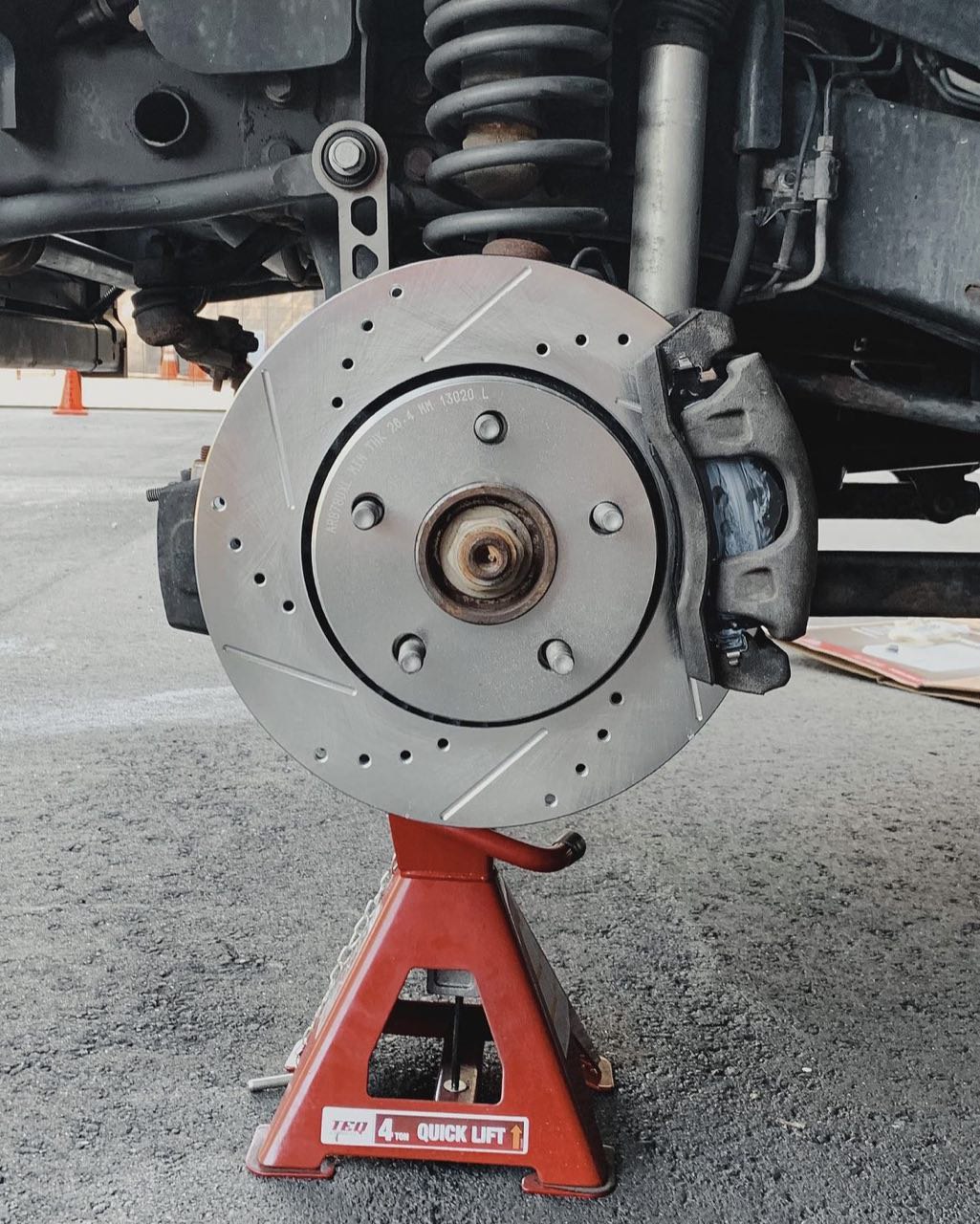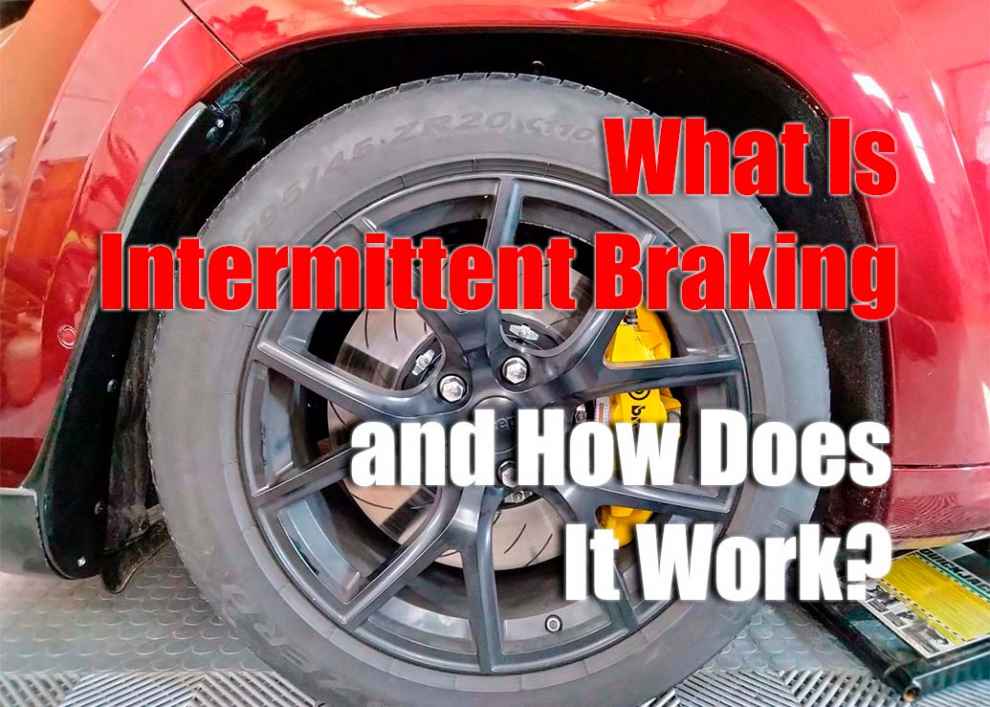Intermittent braking is a form of braking technology that can benefit drivers, especially when dealing with slippery roads or sudden changes in terrain. This system allows the driver to press the brake pedal lightly and then release it to slow down gradually. With this type of braking system, it is possible to maintain vehicle control and reduce the risk of skidding or hydroplaning on wet roads. In addition, intermittent braking can help conserve fuel consumption by preventing unnecessary acceleration and deceleration. This article will explain how intermittent braking works and some of the advantages and disadvantages associated with using it.
How Does Intermittent Braking Work?
Intermittent braking is a technique that requires you to apply light pressure to the brake pedal to slow down your vehicle in situations where you might otherwise use a full-on stop. This technique involves gradually decreasing the pressure applied to the brakes as you come to a stop, which will reduce wear and tear on your brakes and provide better control of your car. As you reach the point where you would normally apply full brake pressure, instead, keep applying light pressure until the vehicle comes to a complete stop. It will allow for better control of the speed at which your car reaches a full stop, as well as an improved braking response time when it comes time for emergency maneuvers.
Pros and Cons of Intermittent Braking Systems

However, some things could be improved with this technique. In some cases, keeping your foot lightly pressed against the brake pedal may cause fatigue in your leg muscles over time. Additionally, use intermittent braking when stopping at higher speeds or for longer distances. It may take more time for your car to come to a complete stop than if you were applying full pressure on the brakes from the beginning. Also read about Best Brake Pads for Jeep Wrangler TJ.
When to Use or Not Use Intermittent Braking
Intermittent braking can be beneficial in many situations, particularly when dealing with slow-speed maneuvers such as taking a turn or navigating through a parking lot. Furthermore, it can be useful in emergencies where you must apply light pressure to the brake while adjusting steering or speed. However, it is important to note that intermittent braking should not be used at higher speeds or for longer distances, as it may take longer for your car to come to a complete stop. Additionally, keeping your foot lightly pressed against the brake pedal causes fatigue in your leg muscles over time. In that case, consider other techniques, such as shifting into lower gears when stopping.
Conclusion
Intermittent braking can greatly improve your control over the car and reduce wear and tear on your brakes. However, it is important to note that this technique should only be used in certain situations where it can provide maximum benefit. Additionally, when using intermittent braking, ensure you are not applying too much pressure on the pedal, as this can fatigue your leg muscles over time. Ultimately, if you find yourself in a situation that calls for slow-speed maneuvers or emergency stops, consider using intermittent braking to give you better control of your vehicle and reduce the risk of skidding or hydroplaning.

Add Comment